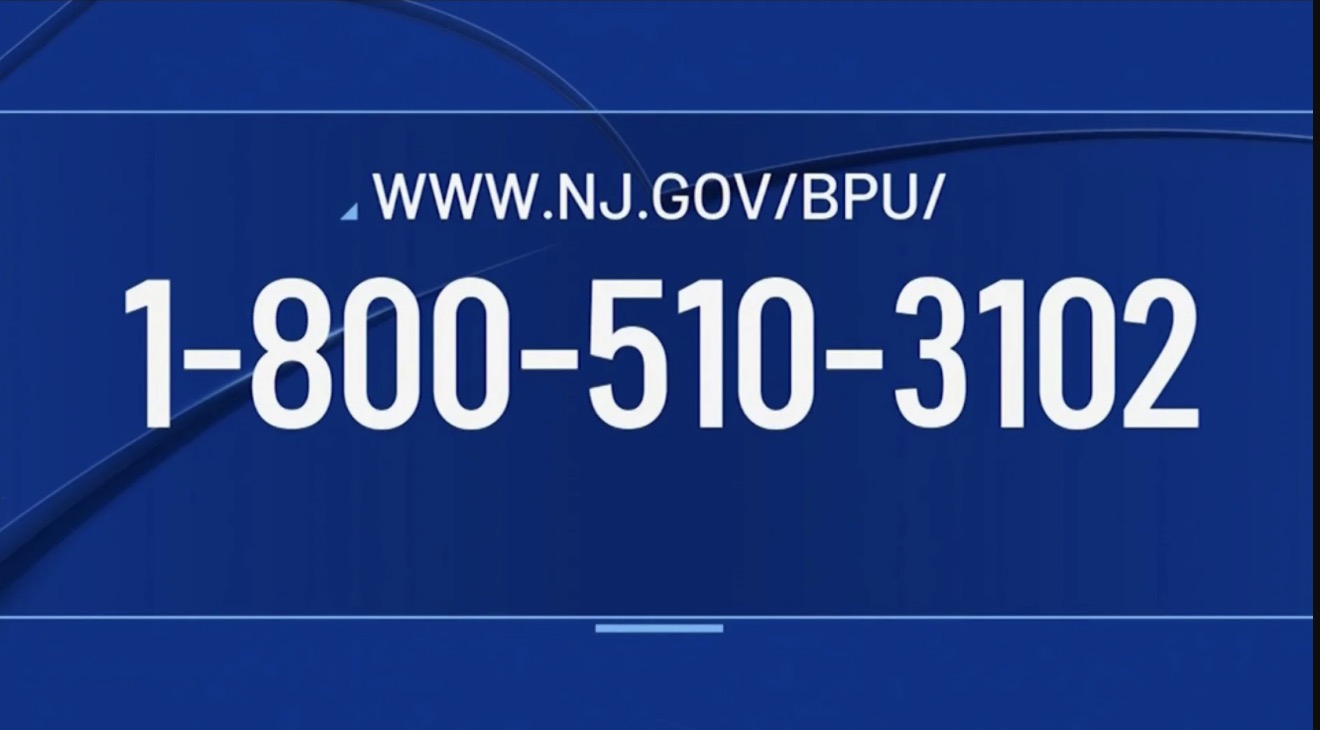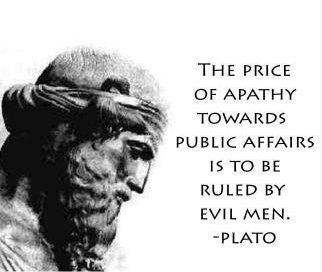How to get help from the Social Security agency
Gobernador de New Jersey aprueba mayor protección contra corte de servicios públicos
El gobernador de New Jersey aprueba mayor protección contra corte de servicios públicos
Porque le beneficia invertir los 10 minutos necesarios para llenar al Censo
Porque le beneficia invertir los 10 minutos necesarios para llenar al Censo
Resources for ALICE home buyers and renters
Resources for ALICE home buyers and renters #p2
From AARP: A Home Maintenance Guide for Aging Adults

AARP is offering a toolkit for older Americans with “tips, checklists, worksheets and more to help plan, prioritize and keep your home maintenance routine on track.” Check it out!
Protected: Brewing Jun, a fermented green tea drink
A list of excellent real news sources and tips for finding and protecting the truth
List of expository and investigative news sources – plus tips for finding truths and protecting them
The origin story of Pres. Obama’s Fired Up, Ready to Go chant – animated

The origin story of Pres. Obama’s Fired Up, Ready to Go chant. A very inspiring story that contains a colorful private detective heroine.
So, please. Tell me again how your vote doesn’t matter.
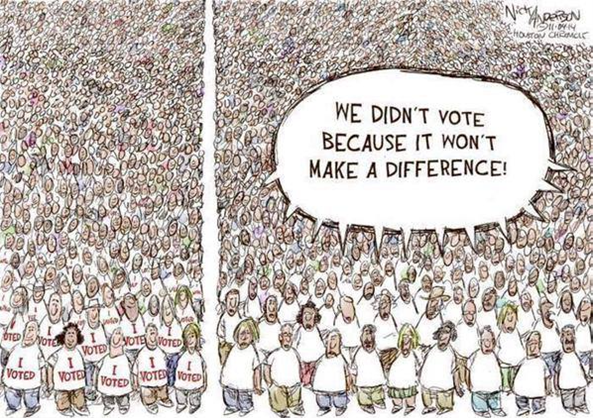
To all of you young people all riled up because #orangeman became president:
Better vote next time around.
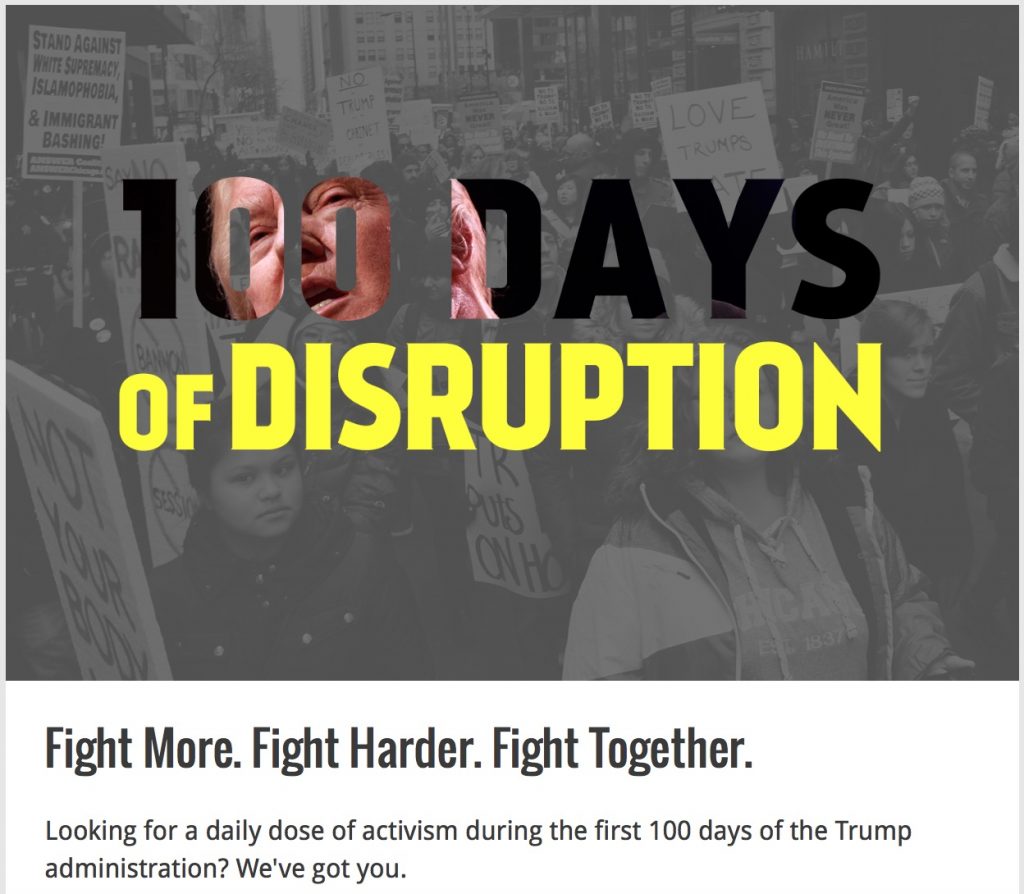
Meanwhile, join the FreePress 100 Days of Disruption and learn what protecting democracy means. Remember, democracy is not a spectator process. By definition, it can only be a participatory one.
Free! Job Fair at William Paterson University 9-1 on Jan 12 2017
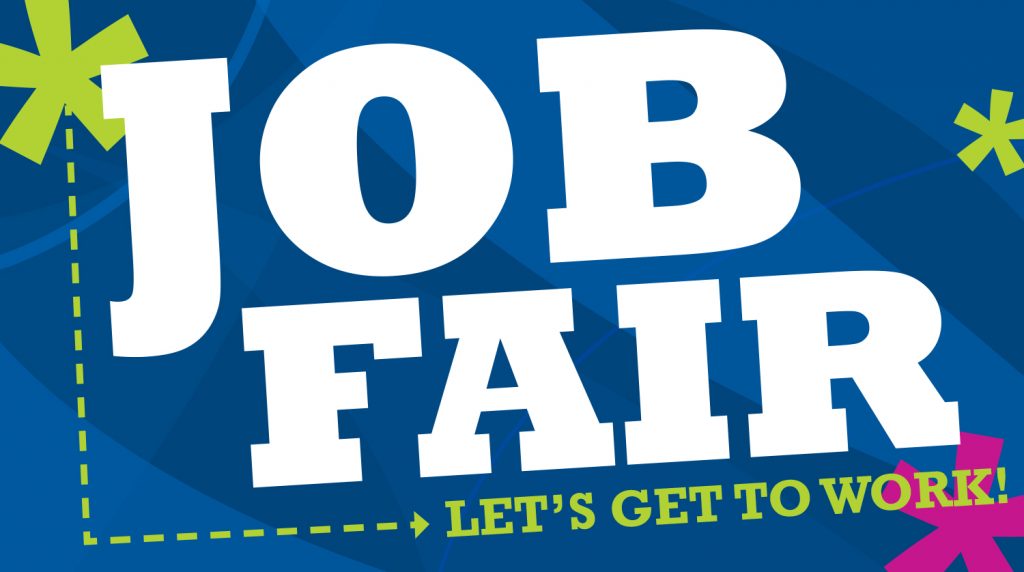
Looking for your next employer? Come to the Job Fair at William Paterson University where the following industries will be represented:
Healthcare, Security, Retail & Sales, Finance, Transportation, Material Management, Government, and Manufacturing.
Thursday 12 January 2017 (Snow Date: January 13th)
9am – 1pm
1600 Valley Road
Wayne, NJ 07470
Veteran’s Assistance will be available.
PLEASE PLAN ON ARRIVING EARLY. SOME COMPANIES MAY NOT BE ABLE TO STAY UNTIL 1PM.
Bring your best self, your resumé if you have one and partake of workshops like:
- Using Social Media in Your Job Search
- Nailing the Job: Resumes for the 21st Century
- How to Apply for Government Jobs
Vote YES on NJ Ballot Q#2 to protect gas tax funds from being raided like clean energy and health funds were
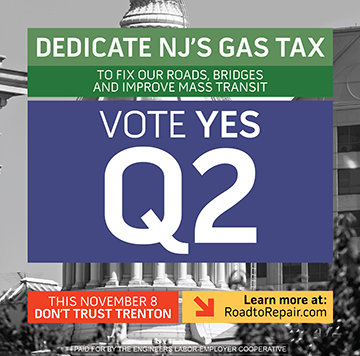
New Jersey Assemblyman Dr. Tim Eustace wants New Jersey voters to know that voting YES on Ballot Question #2 will enable extremely important protections of taxpayer dollars. Election Day this year falls on Tuesday, November 8.
Here are short and long versions of the reasons it’s important to vote YES to Q2. You already know how important it is that you go vote in the first place – right?
The short version of why YES on Q2
On the gas tax issue, Assm. Eustace comments:
The New Jersey gas tax increase of 23¢ is law – and it’s a mistake to think it will go away if people vote NO on Ballot Question #2 at the polls next Tuesday. Gov. Christie’s second-in-command discussed the ballot question in a 101.5 Radio interview, revealing that either she does not understand this law, or maybe Ms. Guadagno is hoping to draw out Republican voters who believe that the gas tax will go away if they vote no. But, this is not true.
It’s essential that gas tax money be used only for transportation and that this money not become accessible to the governor for use in the general budget. Gov. Christie used over $1.2 billion from the State’s Clean Energy Fund to plug general budget holes. In order to ensure that gas tax money can only be used for transportation expenditures, vote YES to Ballot Question #2 on Election Day.”
Dr. Eustace is the NJ Assembly Environment Committee Chair.
An NJ.com editorial echoes the assemblyman’s message:
…experts attest that if all that if annual gas tax revenue were dedicated exclusively to transportation projects, we could have filled a few more potholes by now … if (taxpayers) are tired of seeing large sums ($35 million last year, higher in previous years) scraped from the gas tax for purposes other than transportation, they can do something about it on Election Day.
Now that the gas tax increase is something we’ve all got to live with, we support Ballot Question 2, a constitutional amendment that dedicates every penny of that revenue to the Transportation Trust Fund.
That means the government can no longer raid the TTF to plug other budget holes – a lockbox provision that 30 other states already have.
Road to Repair offers a short but complete statement on why a YES vote to Q2 is so important:

The long version of why YES on Q2
On Facebook, Aaron Hyndman addressed this issue with a thorough analysis of the New Jersey gas tax ballot issue, “TO ANYONE STILL ON THE FENCE ABOUT NJ BALLOT QUESTION #2.” Hyndman is Communications Coordinator at the NJ Bike & Walk Coalition and the following is his statement:
I finally have a spare moment to contribute some thoughts regarding Ballot Question 2, so here are some things that I hope everyone will take into consideration:
First of all, there is a great deal of misinformation being spread by the Lt. Gov. and other interests that are opposed to the ballot question for reasons that are more self-serving and not purely altruistic. Too much is being said ABOUT the ballot question instead of discussing what is ACTUALLY in the ballot question, which reads as follows:
“
Do you approve amending the Constitution to dedicate all revenue from the State motor fuels tax and petroleum products gross receipts tax to the Transportation Trust Fund?
With the addition of Google Play Store access, Chromebooks are finally real laptops – well, sort of.
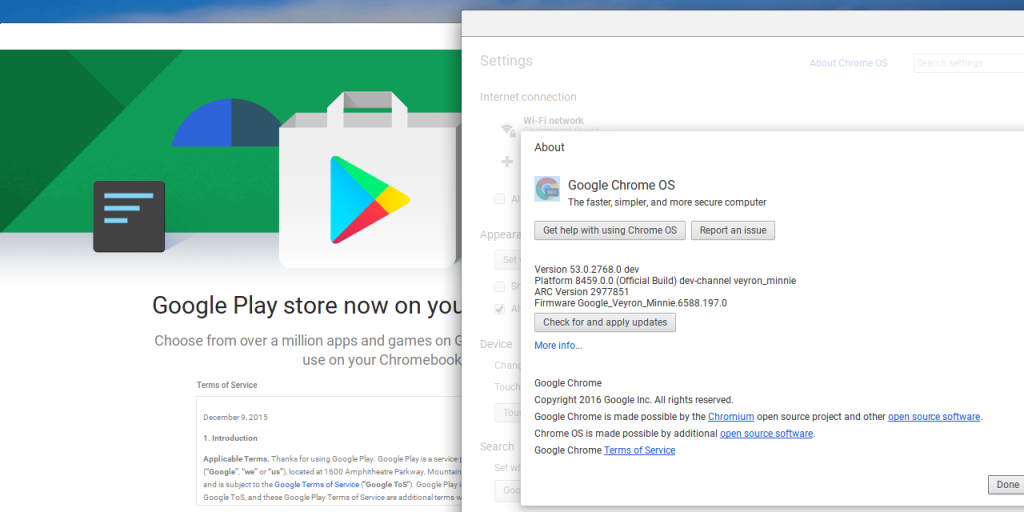
For $2-300 you can set yourself up with a Chromebook, which gives you access to Google’s suite of Cloud apps. And now, when you upgrade to Chrome Version 53, you get access to the Google Play Store too – which means access to all the Android apps you can install on a computer that offers less storage than the average smartphone.
This isn’t to say that Play Store access stinks completely. What seems to be true, is that you still have to be somewhat of a hacker to get anything approximating full laptop functionality out of a Chromebook, even with Android apps availability.
Reviewer Jay Donovan considers the move a step in the right direction.
Drowning prevention: learn to swim, practice water safety & know what drowning really looks like
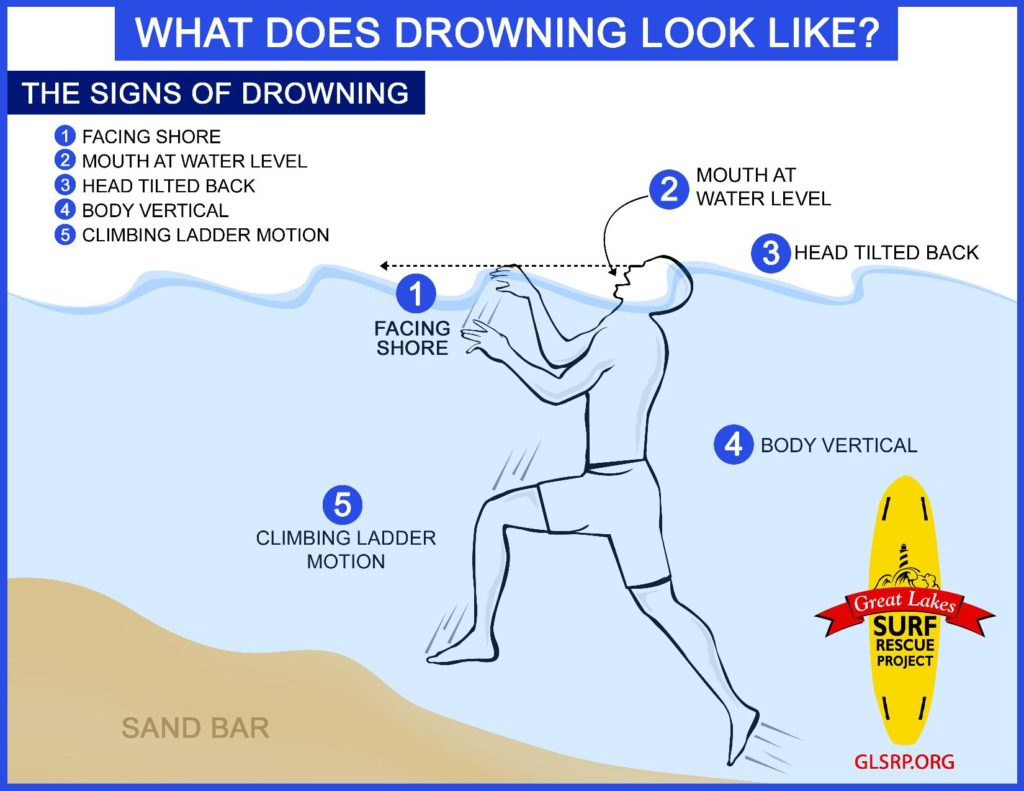
The first steps to preventing drowning are learning how to swim and practicing safe swimming habits – in a pool, a lake, a river or in the ocean. To save the life of person who is drowning, though, you need to know what drowning really looks like. Drowning is silent, fast and doesn’t look anything like it is depicted on TV. Slate explains:
There is very little splashing, no waving, and no yelling or calls for help of any kind. To get an idea of just how quiet and undramatic from the surface drowning can be, consider this: It is the No. 2 cause of accidental death in children, ages 15 and under (just behind vehicle accidents)—of the approximately 750 children who will drown next year, about 375 of them will do so within 25 yards of a parent or other adult. According to the CDC, in 10 percent of those drownings, the adult will actually watch the child do it, having no idea it is happening. Drowning does not look like drowning—Dr. Pia, in an article in the Coast Guard’s On Scene magazine, described the Instinctive Drowning Response like this:
Throughout the Instinctive Drowning Response, drowning people cannot voluntarily control their arm movements. Physiologically, drowning people who are struggling on the surface of the water cannot stop drowning and perform voluntary movements such as waving for help, moving toward a rescuer, or reaching out for a piece of rescue equipment.
Political tracking & navigation tools
| Type of tool/term | Link | What it does |
|---|---|---|
| Congressional voting records & bill tracking | GovTrack | Website provides info about Congresspeople and their voting records; about bills and what stage of the lawmaking process they are at.Open data for developers is available. And, you can sign up to receive email alerts for the bills or Congresspeople you’re interested in keeping tabs on. |
I just got educated about some election rigging methods Dem Party & Hillary use
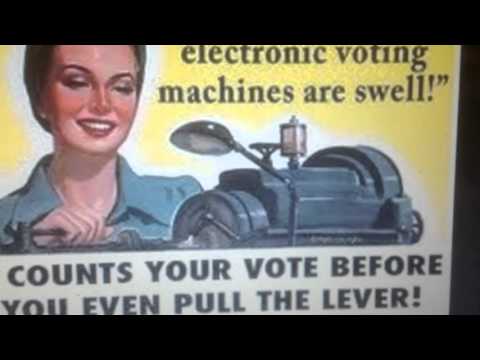
Criminetleys. Alternet writer Roseann Demoro (read on Salon) just taught me a whole bunch of things about Hillary skullduggery and Dem Party primary vote-rigging shenanigans that I was completely ignorant of. Here are the items that surprised me most:
Press conferences. Sanders is happy to talk to the press, Hillary not so much. Ostensibly, she wants to stay in charge of her message and make sure reporters don’t get the chance to pin her down on the weird stuff she does… (like flip-flop positions, steal Sanders’ most popular position stands, get huge support from soul-sucking Wall Street firms and from the Daddy of public education destruction in the US, Eli Broad – whose lawyer HRC used to be).
Superdelegates: after Jimmy Carter won the popular Democratic Party vote and later became president, the Dems created superdelegates to make sure the Party gets to choose their candidate:
The DNC created the undemocratic superdelegate system to confer the power on the Democratic Party hierarchy to handpick their preference and blunt the ability of insurgents to win the nomination after outsiders George McGovern and Jimmy Carter shocked the party establishment by winning nominations in the 1970s.
Hillary and the DNC have been rigging votes. OK, I knew that. But I had been thinking all along that the attacks on the Voting Rights Amendment was a Republican move to disenfranchise Democrats and now I know that it is really an establishment strategy to separate poor and middle class people from their voting rights. It’s not a party thing after all … it’s a have v. have-nots thing.
Thanks Jeff Buffington for a super good find.


